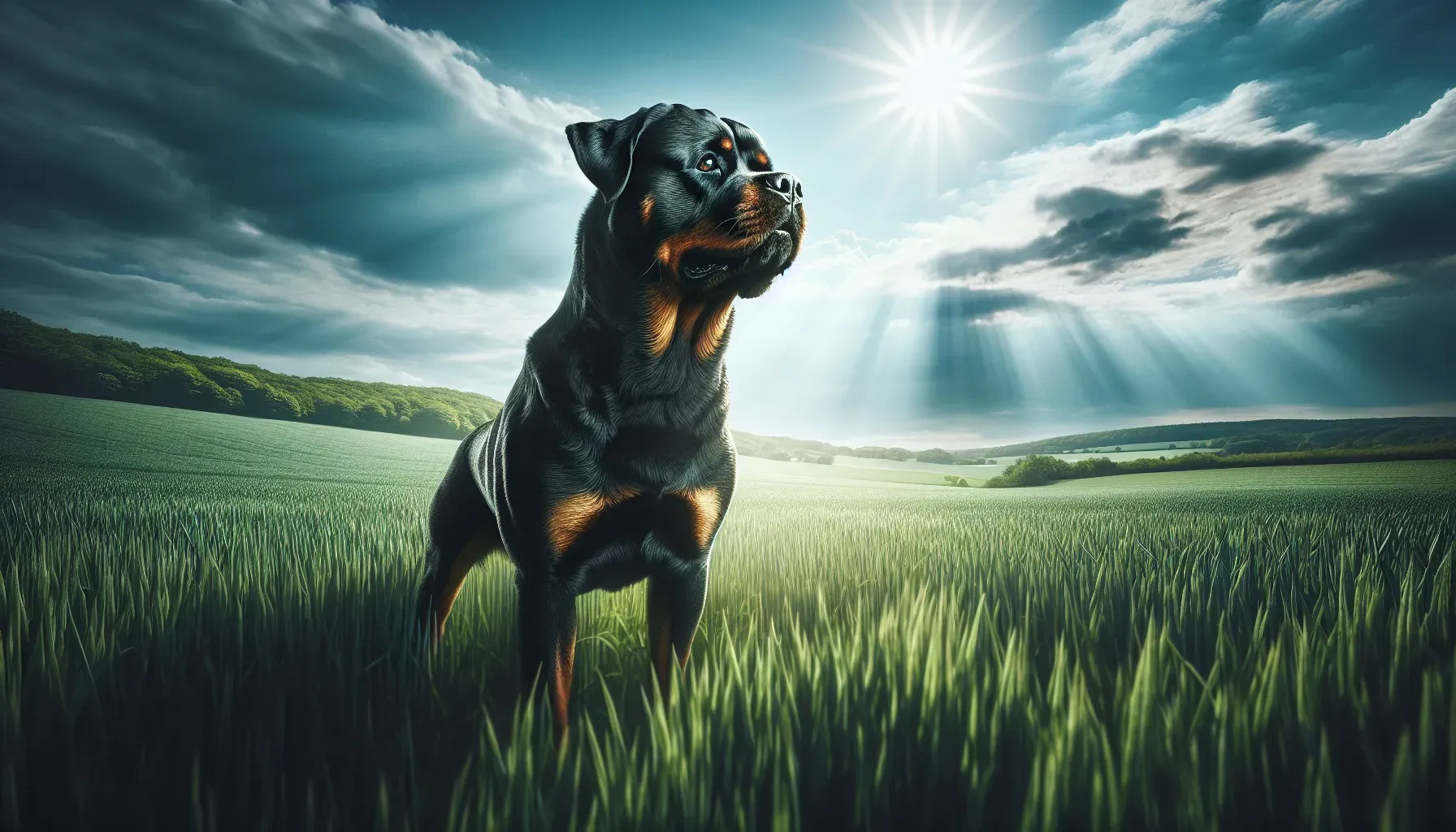Rottweiler - Breed Profile

Overview
The Rottweiler is one of the oldest herding breeds, with origins tracing back to ancient Rome. These dogs were used by Roman legions to herd livestock and guard camps, showcasing their utility and versatility. The breed’s name originates from the town of Rottweil in Germany, where they were bred for their strength and guarding abilities.
Physical Characteristics
Rottweilers are medium to large-sized dogs, typically weighing between 40 to 60 kilograms. They possess a robust and muscular build, with a short, dense coat that is predominantly black with distinct tan markings. Unique traits include their powerful, broad head and strong jaw, which contribute to their reputation as formidable guard dogs.
Temperament and Personality
Rottweilers are known for their loyalty, confidence, and protective nature. They have high energy levels and require mental and physical stimulation. Intelligent and quick learners, they thrive on positive reinforcement and consistent training. While they are often wary of strangers, they are generally friendly and affectionate towards their family members.
Health and Wellness
Rottweilers are prone to certain health issues, including hip dysplasia and various types of cancers. It’s recommended to delay spaying and neutering until they are around six years old to reduce the risk of developing cancers. The Rottweiler Health Foundation provides ongoing updates on breed-specific health concerns and preventive care measures. The typical lifespan of a Rottweiler is around 8 to 10 years, though recent studies suggest that those left intact can live 1-1.5 years longer.
Training and Exercise Needs
Modern training techniques for Rottweilers emphasize positive reinforcement and early socialization, which are crucial for their success and well-being. Rottweilers are highly trainable but require a firm and consistent handler. They excel in various dog sports, including Distance Jump and Hydro Dash, as recognized by the North America Diving Dogs organization. Regular exercise is essential to keep them physically and mentally stimulated.
Living Conditions
Rottweilers are adaptable to various living environments, provided they receive adequate exercise and mental stimulation. They can thrive in both urban and rural settings but need a secure yard to roam and play. Their protective nature makes them excellent guard dogs, but they require proper socialization to ensure they are well-behaved and confident in different settings.
Grooming and Maintenance
Rottweilers have moderate grooming needs. Their short, dense coat sheds seasonally, requiring regular brushing to manage shedding and keep their coat healthy. Routine hygiene practices, such as teeth brushing, nail trimming, and ear cleaning, are also important to maintain their overall health.
Dietary Needs
Rottweilers benefit from a balanced diet rich in high-quality protein to support their muscular build and energy levels. They may have sensitivities to certain foods, so it’s important to monitor their diet and consult with a veterinarian for personalized feeding guidelines. Fresh water should always be available to keep them hydrated.
Suitability for Dog Parents
Rottweilers are ideal for experienced dog owners who can provide firm, consistent training and ample exercise. They are generally good with children and can be excellent family pets if properly socialized. However, due to their size and strength, they may not be suitable for first-time dog parents or households with very young children without prior experience with large breeds.
Summary
The Rottweiler is a loyal, intelligent, and protective breed with a rich history dating back to ancient Rome. They are known for their strong physical characteristics, high energy levels, and versatility in various roles, from herding to guarding. Proper training, exercise, and health care are essential to ensure a happy and healthy life for these remarkable dogs. With the right environment and care, Rottweilers can be loving and devoted companions.